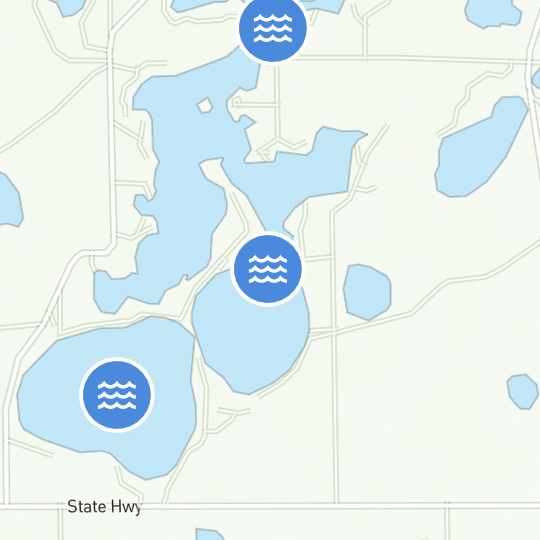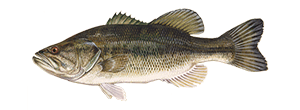King Salmon Fly Fishing
The potential for lengths of over four feet and weight in excess of 50 pounds makes king salmon – aka chinook salmon – one of the most prized game fish for fly fishing anglers. Have a more productive outing with basic tips on flies, set up, and more.
King Salmon fishing is where regulations, locations, and fly fishing techniques converge. Ensure compliance with fishing regulations, including licenses and permits. Explore the prime habitats of King Salmon, from the North Pacific's saltwater expanses to the freshwater rivers of the Great Lakes.
King Salmon Regulations
Regardless of where you plan to fish, you first need to be aware of regulations that not only govern the sport of fishing, but also the specific species. For example, in Southeast Alaska, an annual sport fishing license is required for Alaska residents 18 and over or non-residents 16 and over. If you plan to fish for king salmon exclusively in landlocked lakes, the license is all you need. However, if you plan to fish for king salmon in other places (rivers, estuaries, etc.), you will also need to purchase a king salmon stamp for the current year. There are also bag, possession, annual and size limit regulations in place for king salmon depending on the area.
No matter where you’re fishing, or what type of salmon you’re after, complying with sport fishing regulations is essential.
Where to Find King Salmon
The most sought-after salmon species is the king salmon, the largest and arguably tastiest of the salmon species. Also commonly known as the chinook salmon, they can be found in both saltwater in the north Pacific and in freshwater bodies as well such as river systems in the Great Lakes.
When searching for king salmon, one of the most important things to know is when to find them in their habitats. The species live in the ocean for up to four years before returning to their home rivers to spawn. And when they’re spawning is an ideal time to target this fish because they can be found in smaller streams in order to lay their eggs. In Alaska, they tend to spawn starting in June. In the Great Lakes region, the spawning season begins in late summer or early fall.
Salmon Fly Fishing for Beginners
While some people may think fly fishing is only for certain species, that’s a myth. Fly fishing anglers can target almost any type of salt or freshwater fish, including king salmon. The key to salmon fly fishing for beginners is to master the cast since in this type of fishing, you’re casting the line and not the lure.
When fly fishing for salmon, setup is a critical component to casting success. Today, most anglers opt for a graphite fly rod. Some rods will indicate their weight, which is important for matching the fly line to it since the line should match the weight of the rod. Fly lines range in size from 1 to 15, with the small number the smaller, or lighter, line. Bigger, or heavier, lines will be able to cast bigger flies. Just like the line needs to match the rod, reels are also available for specific size of line and rod weight. As king salmon are the largest of its class, a heavier rod may be the best option.
King Salmon Flies
If you’re just learning how to fly fish, good news: king salmon is a species that will strike your fly! While king salmon in the ocean feed on things like starfish, jellyfish, kelp, and seaweed, when they are in the rivers, they usually eat insects or crustaceans. When selecting the best fly fishing flies for salmon, one approach is to choose an egg cluster imitation since salmon will target their own eggs.
When choosing king salmon flies, color can also play a big role. Common choices of fly fishing flies for salmon are red, black, purple, pink, orange, blue and chartreuse. For best results, it’s a good idea to use a combination of contrasting colors that make the fly easier to see. Play with the various options depending on the light conditions. For instance, the combination of chartreuse and blue is one of the best king salmon flies for sunny days.
Once a king salmon strikes your fly, be sure to feel the weight of it before you set your hook. Then be prepared: it will put up a tough fight! They’re big, strong fish so be sure to pull hard.
KEEP LEARNING

How to Tie the Non-Slip Loop Knot
The non-slip loop knot is a popular and reliable choice for securing hooks, lures, and other tackle to your fishing line.
LEARN MORE

Socials
Take me fishing social media links
LEARN MORE

TakeMeFishing x Teen Vogue
Join us on a creative journey as fashion designer Ahmrii Johnson walks us through her collaborative vision and process with Teen Vogue and fashion brand, Rentrayage, to create a special piece.
LEARN MORE


.png?lang=en-US&ext=.png)